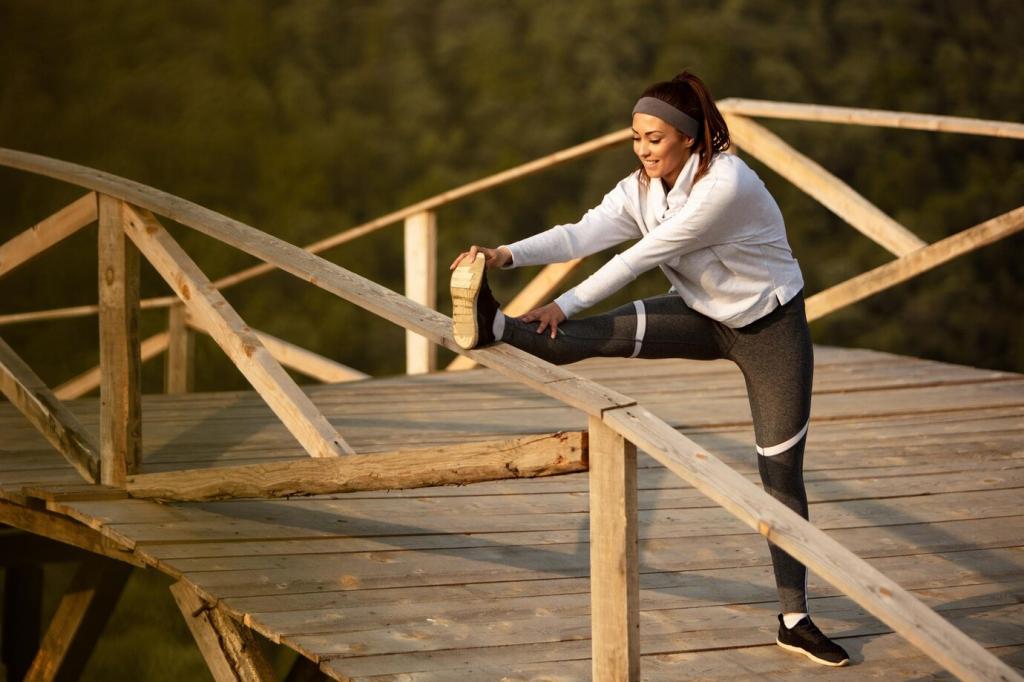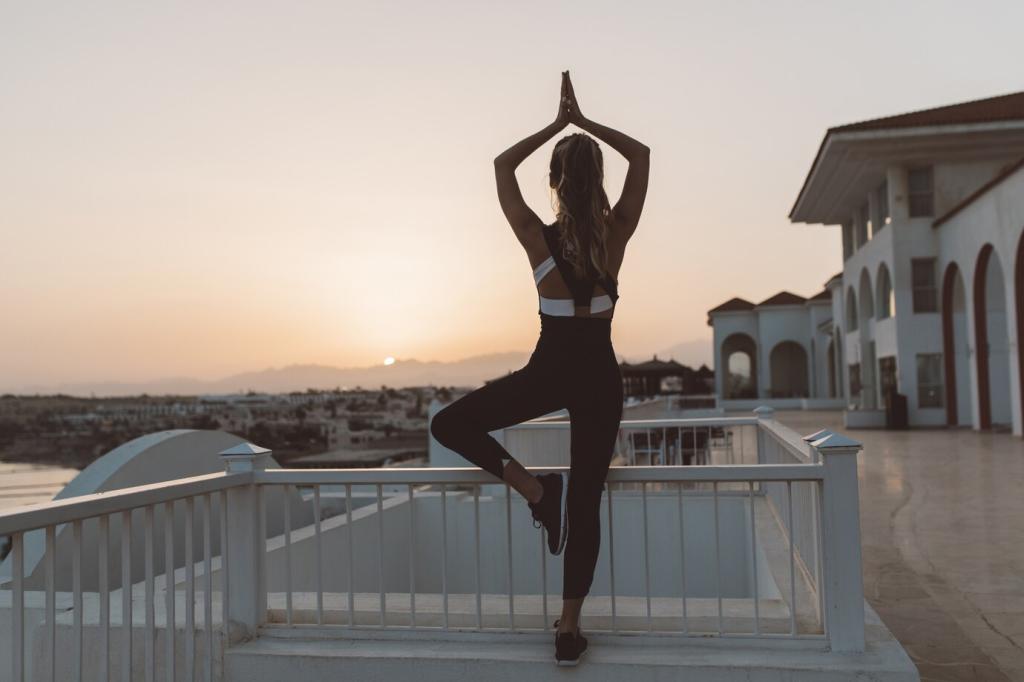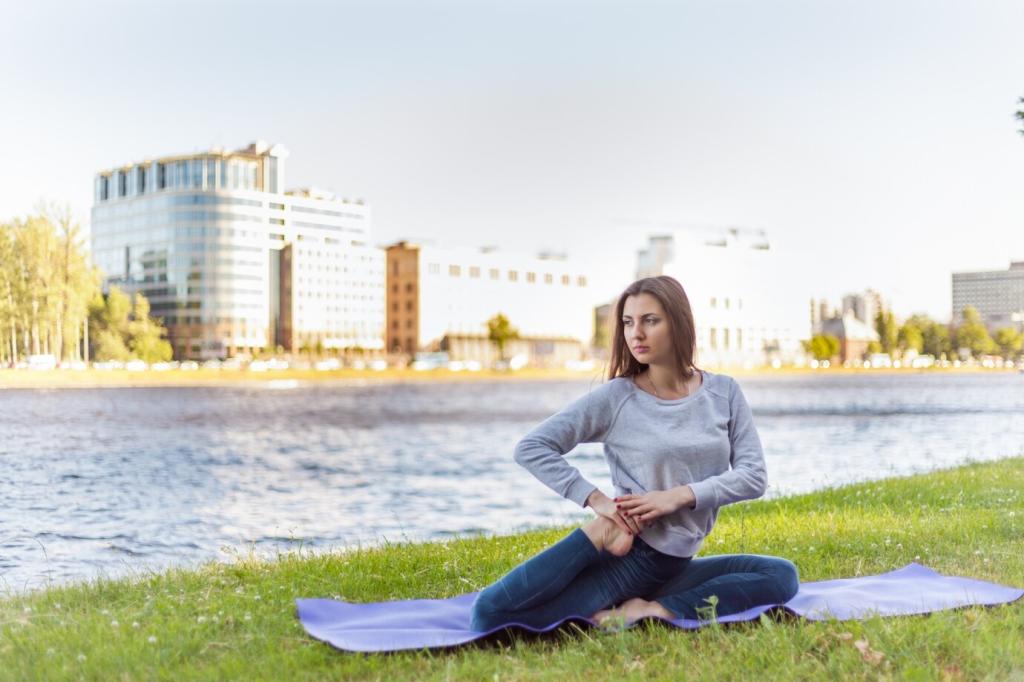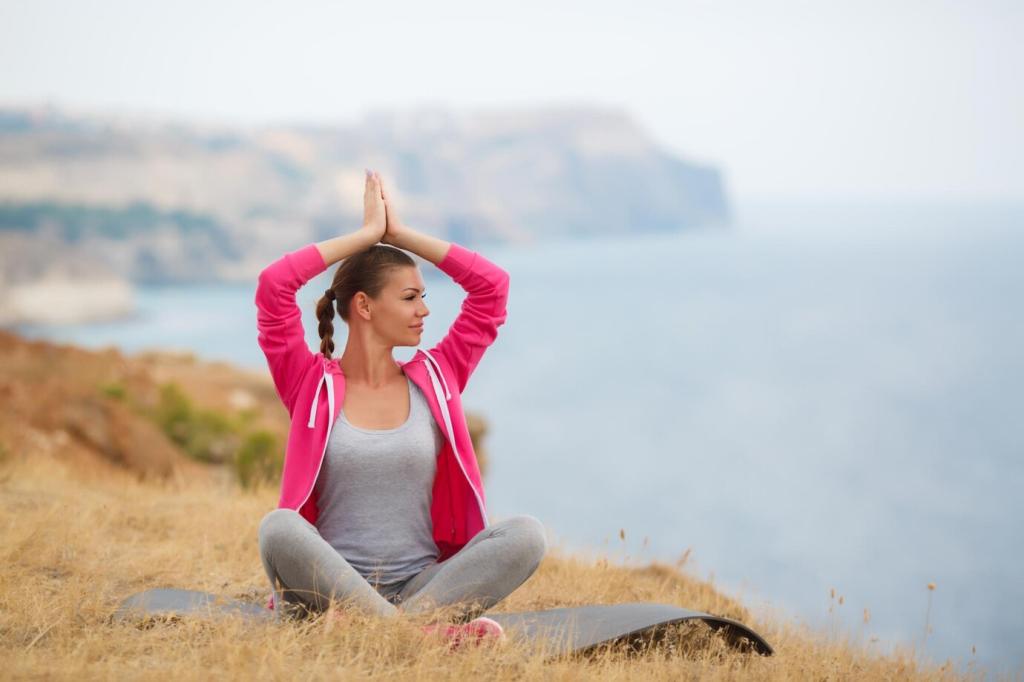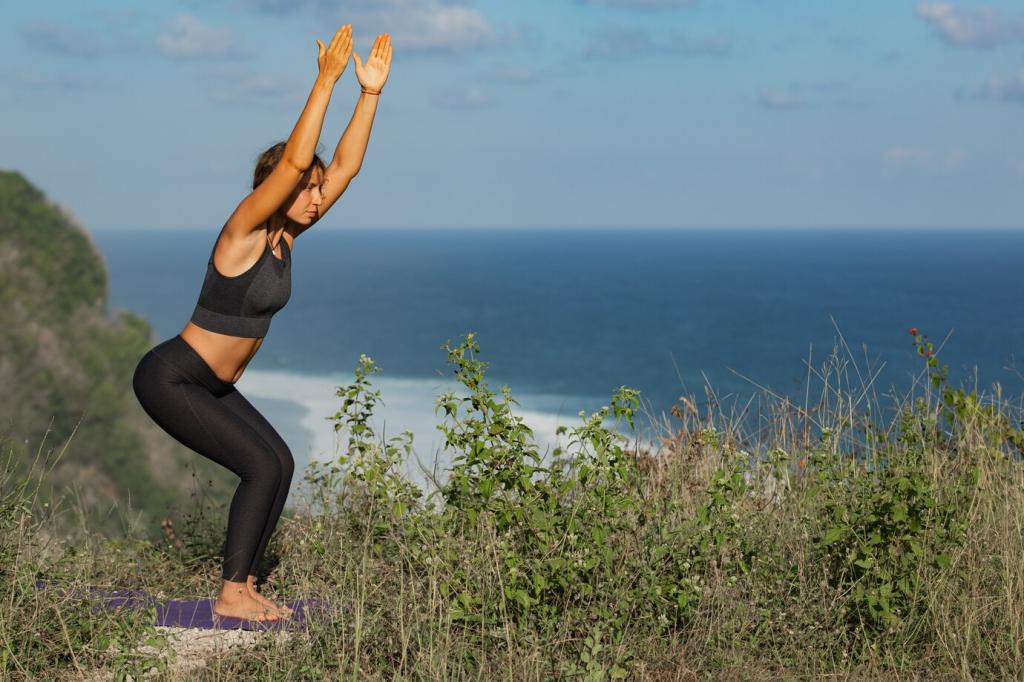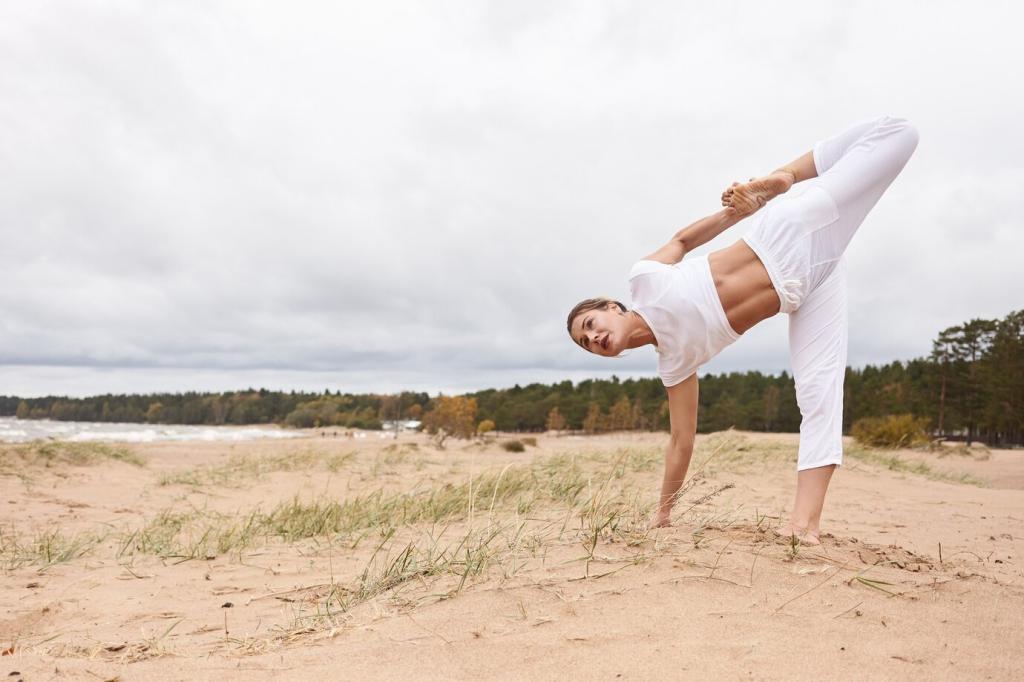Spaces, Gear, and Soundscapes that Support Calm Performance
Choose comfortable, distraction-free clothing and one reliable tool—a watch or timer. Fewer adjustments mean more presence. Leave the rest at home. Tell us which single piece of gear most helps you listen to your body.
Spaces, Gear, and Soundscapes that Support Calm Performance
Try soft ambient tracks or no music for technique work. Let sound support rhythm rather than overwhelm it. Notice your breath’s tempo and how silence reveals subtle cues in form and effort.

